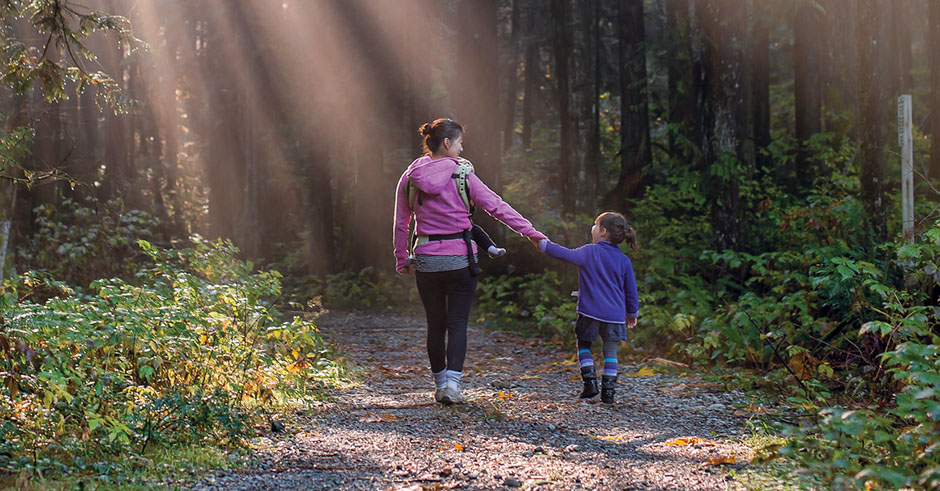By JeanAnn Taylor
This past January I ran into that brick wall known as, The Flu. It was a hard hit that put me in bed for over a week. When The Flu hits, you have no decisions to make; it makes them for you. The only thing to do is to wait until The Flu says, “You can get up now.”
While lying in bed day after day, I had time to think about what I want 2020 to look like. Of course I’ll keep dancing.
Of course I’ll continue to sew, crochet, paint, and write; but what needs to change to make my life fuller, happier, healthier? The answer I came up with is to spend more time outside. Like most people I know, my life in work and play demands indoor time. Yet being in nature—surrounded by growing, buzzing, tweeting, blooming, and other enchanting mysteries—has so many benefits good for our body and soul; outdoor time is worth making a priority.
In the 1990s, the Japanese concept of shinrin-yoku began. As many Japanese traditions follow common sense, simplicity, intention, and authenticity, this practice, which translates into “forest bathing” is another way to live with these virtuous ideals. Forest bathing doesn’t require water, bubble bath, or a soaking tub. It simply requires that you spend time in nature where your mind can meander with no predestined intention. The only requirement is that you slow down and notice. As you wander through the woods or park, be mindful of the scent of blooming honeysuckle. Pay attention to how the wind feels as it blows across your skin. Touch a tree and observe how rough or smooth the bark feels on your hand. Look up and watch as birds fly above you. Listen as leaves crunch under your boots, as a waterfall cascades into the river, and as a songbird alerts her family of your presence. Be awed while watching butterflies puddle at the river bank, as bees flit from flower to flower, and as water bugs dive into the lake. Walk barefoot to absorb electrons from the earth, and dip your toes into the icy water of a mountain stream.
An important component of forest bathing is in the action of walking. Walking is considered to be the single most important thing we can do to improve our health. Along with reducing stress, managing our weight, and warding off many diseases, walking inspires creative thinking by delivering more blood flow to the brain. Without the distractions of cell phones, emails, and to-do lists, your mind is free to unconsciously process ideas and predicaments. Answers to questions and dilemmas that seem impossibly overwhelming often appear as if by magic. Combine walking with nature-focus and epiphanies can happen.
Spending time outdoors can also help us sleep better at night. The natural rhythms of light and dark can be distorted by our modern lifestyle of constant, artificial lighting. Going outside to watch the sunrise or sunset, or to gaze at the stars, can help to reset our internal clock. Awareness of weather also keeps our days and months from blending into each other. When we spend our lives in a controlled climate, every day feels the same and we mindlessly miss the experience of the seasons. This can lead to a loss of perspective.
This spring, take a walk in the woods to look for tiny wildflowers popping up to say, “Hello.” Breathe in the fresh, cool air, and feel inspired at a waterfall. What you’ll find as you lose yourself in nature is—yourself. Go outside, follow your nose, and accept the healing gift of outdoor wonder.
Please send your thoughts and ideas to me at [email protected]

